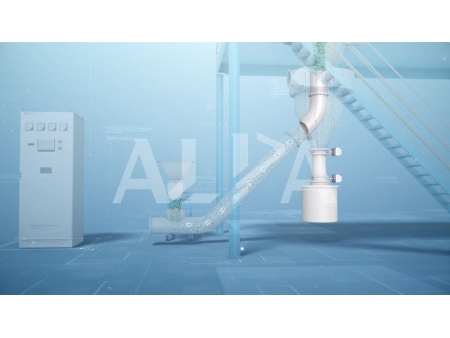Classifying & Separating
Classification and separation involve the sorting of particles according to their size. This is done by subjecting them to centrifugal force, gravity, inertial force and other forces in a medium such as air. Different motion trajectories are generated so as to realize the separation of particles with different diameters.
The material enters the classifier through a feed inlet at its lower end and is then propelled upwards by suction from a fan. As it passes through the classifier, it is subjected to strong centrifugal forces generated by a rapidly rotating turbine. Qualified fine powders pass through blade on the classifier into a cyclone separators or dust collector for collection. Some fine powders carried by course particles collide with walls and fall back down towards secondary air inlets along the cylinder wall. Coarse particles are separated from finer ones due to strong elutriation from secondary air flow; fine particles rise up for further grinding while coarse ones fall out at discharge ports.
- High collection rate Fractionation efficiency (extraction rate) up to 90%
- Flexible adjustment of particle size distribution Adjusting particle size distribution with a variety of classifier rotors and variable frequency speed regulation available
- Ceramic key components optional Producing pure powder with no metal pollution
- Closed loop system Form a closed loop system in series with various grinding equipment
- Fully-sealed negative pressure operation No dust overflow or environmental pollution, low noise and easy operation
- Explosion-proof design and nitrogen circulation Suitable for inflammable, explosive or oxidizable materials
